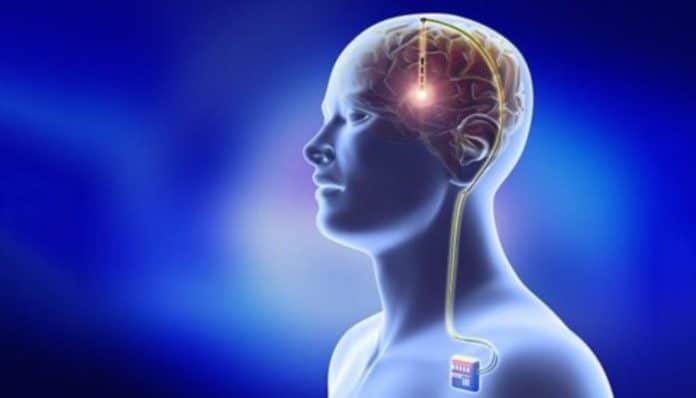The use of nerve stimulators has offered impeccable results and astounding progress in the field of medical science. The advanced approach has provided a cure for several incurable diseases. In the case of diseases with the prior available cure, nerve stimulators offer better and advanced solutions that have proven to be a boon to mankind.
During the 1960s, nerve stimulators were first introduced as a mode of treatment for spinal disorders. Henceforth, Deep Brain Stimulators were used to orient disoriented brain functioning, motor-related disorders, Parkinson’s disease as well as essential tremors. However, the modern-day advancements have even devised ways to implement nerve stimulators for helping individuals cope up with obesity.
What Are Nerve Stimulators?
Nerve stimulators assist an individual to regain certain control mechanism which has been lost due to certain overlapping conditions or diseases. The nerve stimulation is capable of generating motor reflexes, as well as redirect disorganized nerve impulses in an organized manner. After the invention of the stimulating devices in the 1960s, several experiments were conducted in order to understand their complete functioning in the regulation of various bodily activities. Distinct stimulators are henceforth designed to restore the functioning of the spinal cord, brain, vagal, i.e., central, peripheral and various other nerve functioning.
These are supremely furnished with electrodes that are capable of diminishing pain signals before they are able to reach the brain. Such stimulators are capable of diminishing pain from 50% to about 70%. The working or functioning might result in unpleasant sensation which is why every candidate is provided a test stimulation in order to understand and adapt to it. However, the functioning of nerve stimulators for obesity and Parkinson’sare different and are not solely restricted to pain reduction.
Nerve Stimulators For Parkinson’s
Parkinson’s is a nervous cell disorder that interferes with the normal physical activities of the body and causes impairment in movement, and limb mobility. It is a progressive degeneration disorder in which the dopamine levels in blood steeply decreases thereby causing various other metabolic changes.
Experiencing occasional tremors are often considered as the initial symptoms, which may progressively increase with an advancing period of time. The tremors may be delayed and slow or frequent and interfering. Besides, the affected individual may also suffer from severe stiffness which may cause partial or complete immobility.
Thus, nerve stimulators like Deep Brain Stimulators are primarily designed in order to relieve such symptoms of Parkinson’s Disease. The surgical procedure for implantation of a DBS involves drilling in the skull to insert specific electrodes and a controlling device guided by MRI. The device involves IPG or neurotransmitter whose electrodes are attached to the affected portions in the brain. The IPG is however placed in the abdomen or in some patients might also be placed in the collarbone. The stimulator then sends signals to control the motor functioning of the brain and helps in reducing the symptoms.
Nerve Stimulators For Obesity
Obesity is one of the most serious conditions that is engulfing nearly 650 million candidates on a global scale. It is recognized as a condition of being overweight than what is considered ideal for a healthy lifestyle. Excessive weight may result in the occurrence of various other diseases and conditions like diabetes elevated blood pressure, hypertension, dyslipidemia as well as cardiovascular diseases and many others. Where controlled diet and exercises are considered as preliminary measures for preventing obesity, in severe cases, nerve stimulators might be the only effective option.
Obesity can be cured by the cervical vagus nerve stimulators if provided for a prolonged period of time. Consistent external stimulation on the vagal trunk has scientifically shown impressive results in weight reduction. The stimulator in this procedure is placed beneath the skin in the neck or chest or arm region to which an electrode is connected. The electrode is connected to the vagus nerve located in the neck region.
Parkinson’s And Obesity Relation
Attaining excessive body weight can prove to be unhealthy in a number of ways. Obesity can adversely affect the BMI or the Body Metabolic Index and also cause several metabolic disorders in the body. Besides the occurrence of heart disease as well as chronic conditions like Type II diabetes, obesity might indirectly contribute to the possibility of Parkinson’s disease.
Also Read – Top 10 surprising health benefits of ginger
Although no direct relationship has yet been established with scientific proofs, yet critics often argue otherwise. During the initial researches conducted, candidates diagnosed with Parkinson’s Disease show reduced BMI than normal and were underweight. However, in a separate study conducted recently, a significant number of candidates with the overweight conditions showed promising signs of Parkinson’s Disease which has led to further researches on establishing scientific relations between the two.


